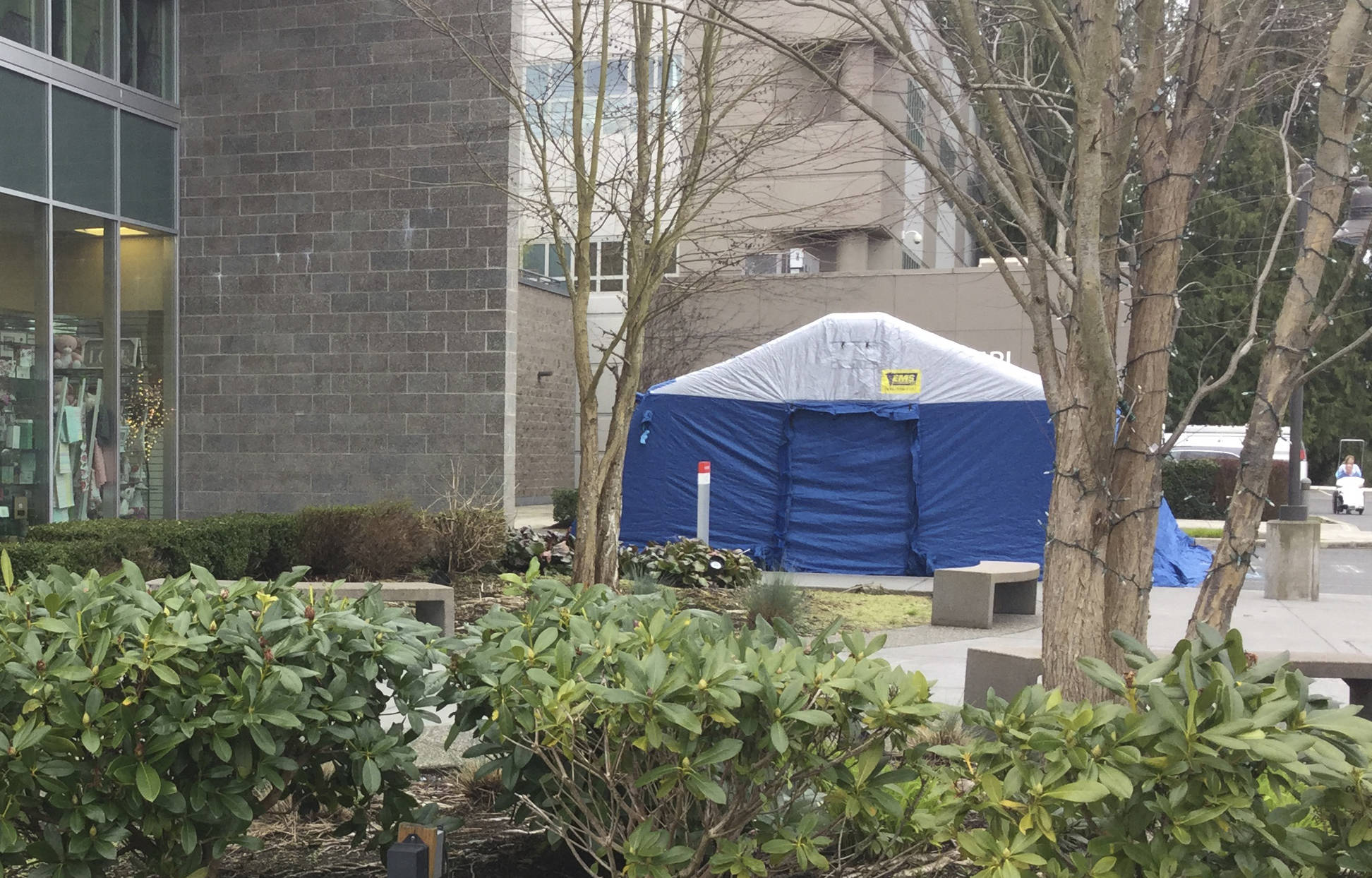ARLINGTON – Skagit Regional Health, which includes Cascade Valley Hospital, is caring for patients who tested positive for the COVID-19 coronavirus, hospital officials announced Tuesday.
Test results have been sent to the Centers for Disease Control and Prevention for confirmation, and the hospitals are treating the patients with appropriate precautions, regional spokeswoman Kari Ranten said.
“We are constantly monitoring the rapidly changing situation, partnering with public health and following CDC guidelines, screening protocols and infection-control practices to keep our staff, providers, patients and community safe,” she said.
The University of Washington Virology Lab has received verification to begin testing for COVID-19, which means results no longer need to be sent to the CDC for confirmation. The Seattle lab has the capacity to test 1,000 specimans a day.
Since early March, in response to an uptick in respiratory illnesses and flu in the community, the hospital in partnership with public health agencies has taken steps to prepare for the spread of the illness. Actions have included reviewing emergency plans, assessing inventory of supplies, and carrying out recommended screening protocols and infection control best practices to keep staff and patients safe.
As a way to limit access and visitors while screening for the illness, signs outside Cascade Valley’s main entrance ask visitors to first call a number before entering if they are there to report experiencing symptoms of potential coronavirus – coughing, fever and difficulty breathing.
Hospital staff after screening will come to visitors where they are on campus, whether parked or waiting outside.
A tent is set up outside Cascade Valley Hospital to screen people for symptoms of possible coronavirus before they enter the hospital, and would be ready as an extension of the emergency department if there was a sudden influx of patients, hospital officials said.
Officials assured that while COVID-19 is a new strain of coronavirus and conditions are changing rapidly, clinical teams are trained and well-equipped to provide care for patients with a variety of respiratory illnesses and flu.
For updates, go to www.skagitregionalhealth.org/coronavirus.
What’s a pandemic?
The World Health Organization declared the COVID-19 outbreak a pandemic Wednesday. An epidemic occurs when the incident rate of a disease substantially exceeds what is expected. A pandemic is an epidemic of an infectious disease that spreads through human populations across a large region.
What is coronavirus?
A coronavirus is a common virus that causes an infection in your nose, sinuses or upper throat. Most spread the same way other cold-causing viruses do: through infected people coughing and sneezing, by touching an infected person’s hands or face, or by touching things such as doorknobs that infected people have touched. Almost everyone gets a coronavirus infection at least once in their life, most likely as a young child. In the United States, coronaviruses are more common in the fall and winter. Symptoms are similar to other upper respiratory infections, including runny nose, coughing, sore throat and sometimes a fever.



